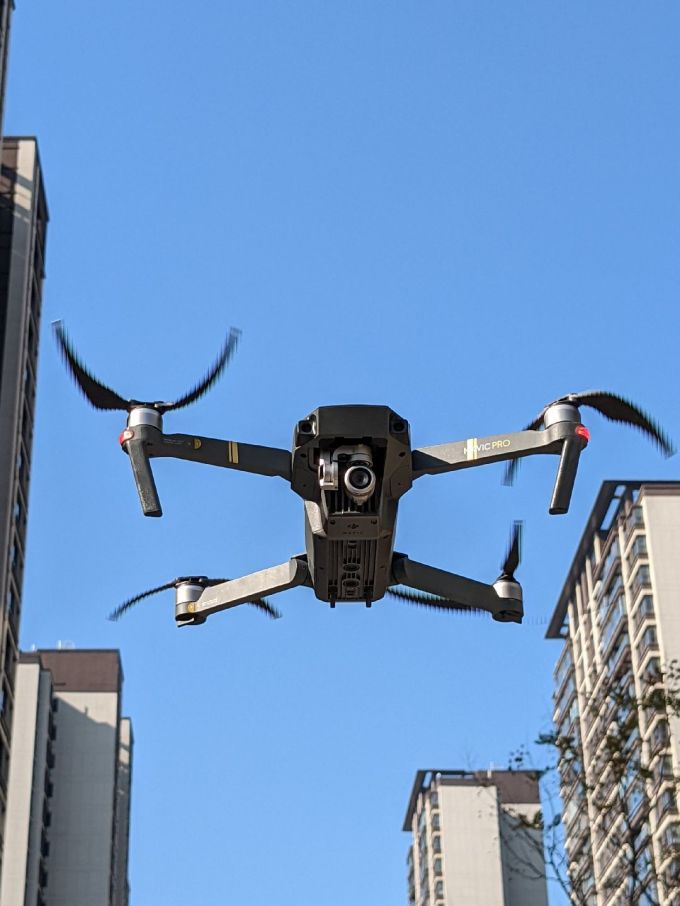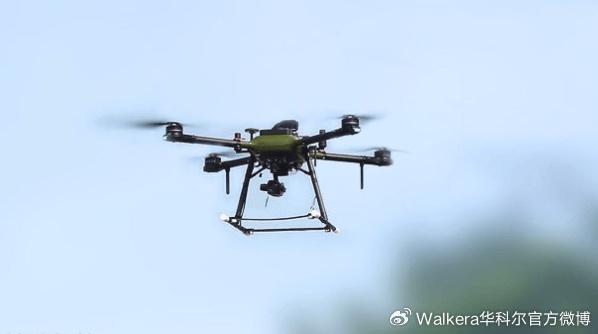Understanding Sail Drones
Sail drones are equipped with sensors and communication devices, enabling real-time data transmission. Unlike traditional methods utilizing manned vessels, sail drones reduce both cost and environmental impact, making them an ideal choice for extended missions. The autonomous nature of these drones allows for year-round deployment, capturing seasonal variations and long-term environmental changes.
Applications in Oceanography
From tracking the migration routes of marine animals to mapping underwater topography, sail drones have become indispensable tools for researchers and environmentalists alike. Their robust designs ensure resilience in harsh weather conditions, ensuring data collection is uninterrupted, thereby enhancing our understanding of marine ecosystems.
- Sail drones assist in monitoring ocean salinity, a crucial factor influencing global climate.
- These drones contribute significantly to our knowledge about carbon absorption rates, helping us better predict climate change trajectories.
Climate and Weather Monitoring
Sail drones also play a pivotal role in climate science, helping track phenomena such as El Niño and La Niña, which have far-reaching impacts on global weather patterns. By collecting vast amounts of data, these drones aid in improving predictive models and developing more accurate weather forecasts.
“The ability to gather continuous data from remote ocean areas empowers researchers to make informed decisions about climate interventions.”

Future Prospects and Innovations
As technology progresses, sail drones are expected to become even more sophisticated, incorporating advanced artificial intelligence to improve data analysis and predictive capabilities. This evolution will expand their potential uses, from deep-sea mineral exploration to cleaning up oceanic plastic waste.
Eco-Friendly Explorations
Another groundbreaking aspect of sail drones is their sustainability. By harnessing wind power, they offer a clean energy solution, reducing reliance on fossil fuels and minimizing the carbon footprint of marine expeditions.
Common Questions About Sail Drones
- How long can a sail drone operate autonomously?
- Sail drones are designed to operate independently for several months, depending on mission requirements and environmental conditions.
- What kind of data can sail drones collect?
- They can measure atmospheric pressure, ocean salinity, currents, and even track marine life.
- Are sail drones affected by severe weather?
- While they are built to withstand adverse weather, extreme conditions can pose challenges. However, their resilient design allows for data collection even during less than optimal circumstances.

In conclusion, sail drone technology represents a significant leap forward in marine exploration, providing sustainable, cost-effective solutions for understanding and managing global oceanic and atmospheric phenomena. The ongoing developments in this field promise exciting innovations and applications, continually enhancing our ability to study and protect the marine environment.